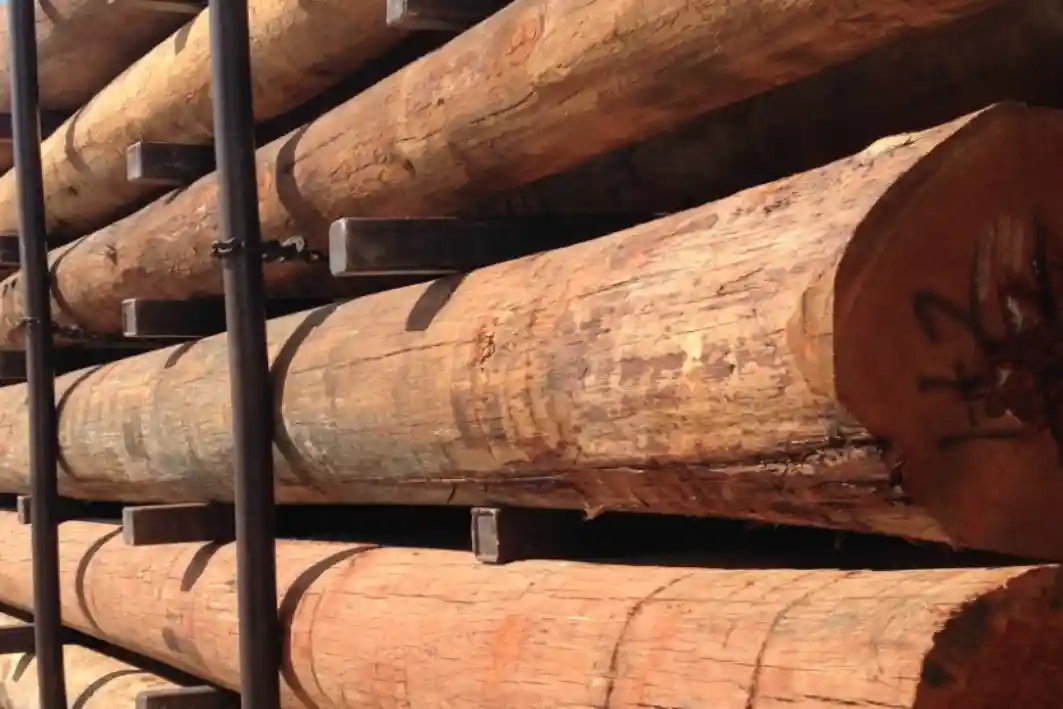Since the first uses of telegraphs, wooden poles are an essential part of the urban landscape. With the increased demand for electric transmission lines and for the telegraphs themselves, it was necessary to use a treatable, durable and stable material.
In the United States, according to American Timber and Steel, a pole can cost between $ 400 and $ 3000, according to its size and pre-treatment of wood to ease installation and safety. In several Latin American countries, such as Brazil and Chile, the wood poles industry values the quality of the final product, always taking into account the origin of the wood used and the availability of a raw material for production – in this case, eucalyptus. Commonly, the cut wood in the form of smaller poles is used predominantly in construction and decoration, with quite attractive values in countries like Portugal and Spain.
Among the advantages of using wooden poles, we can mention:
- The wooden poles have lower electrical conductivity, guaranteeing safety and less risk of disconnection of electrical networks if compared to the metal and concrete poles. Wooden poles, when correctly treated, also adapt to different climatic and atmospheric conditions. On concrete poles, abrupt climate changes can cause cracking, increasing the risk of accidents. For wood, the major disadvantage is the areas of low humidity and increased risk of fires or areas of high concentration of bugs, which decrease the durability of the material.
- A fact that draws the attention of buyers is the final price of wooden poles, which have prices much lower if related to concrete posts. The production of concrete poles takes a number of non-renewable materials, such as iron, increasing its final value. Due to the low price, the wooden poles also act as market regulators.
- In addition, wooden poles are ecological products, since the wood used for their production usually comes from reforestation. In terms of ecology, the production of wood poles needs much less energy for their production and does not involve non-renewable components, as do the concrete poles regarding iron and charcoal.
- The wooden posts are much lighter than the concrete posts, reducing the cost of transportation. In addition, the handling of these poles is very simple, as it does not require the use of special equipment. This fact is also important at the time of installation, which is much easier to do.
Currently, forest-rich countries use wooden poles in national territory and also export to countries with low forest rates due to the attractive cost and also to the commitment to the environment. In Finland, for example, treated poles are shipped around the world through containers and the Finnish treatment technology is also expanded to several countries.
With Timbeter, pole counting, quality control and logistics have never been easier. Simply take a picture of the stack and, with the help of a reference, the results are obtained automatically, aiming at the accuracy and quickness of the process. Instead of marking, counting and checking whether the poles match the initial count and quality standards, a simple photo saves you time and a lot more.
How about a test today? Contact us!
